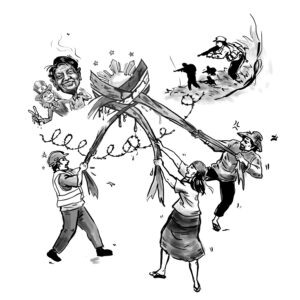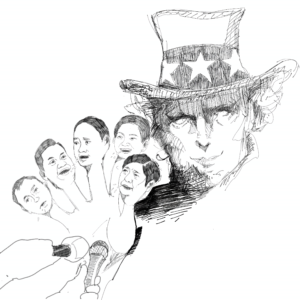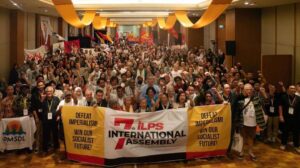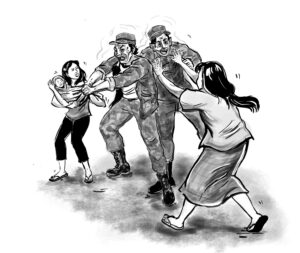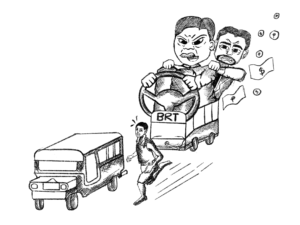RAA: Military agreement with Japan will further jeopardize Filipinos

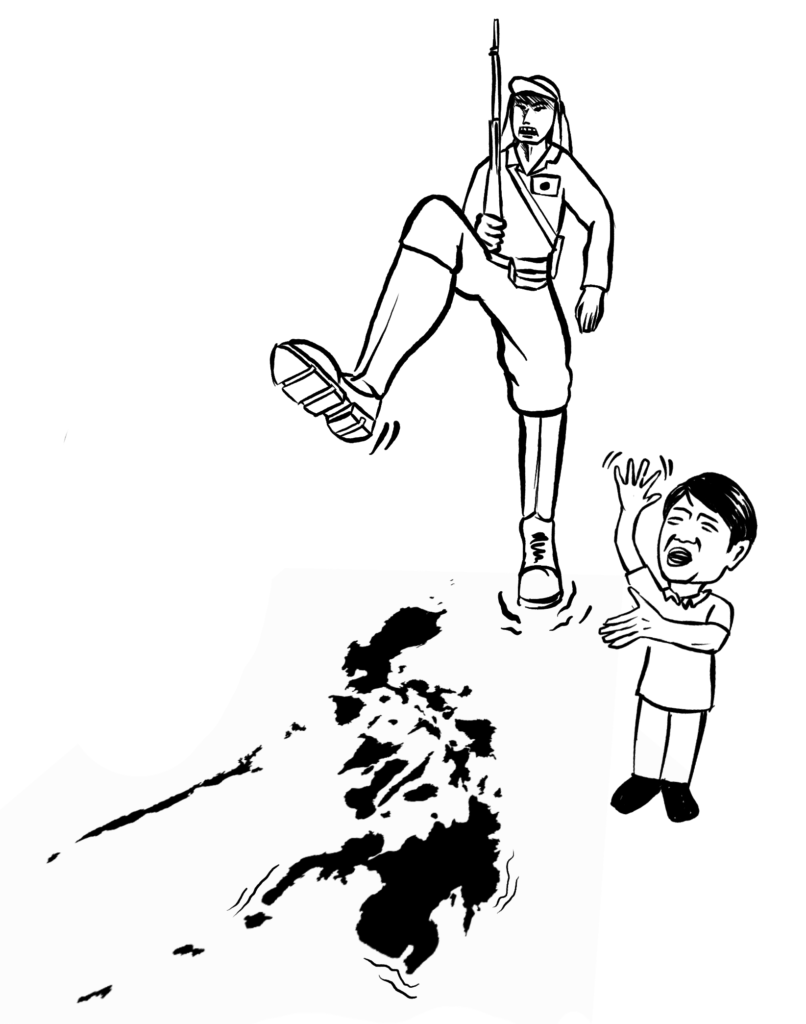
The military agreement between the Philippines and Japan, the Reciprocal Access Agreement (RAA), was signed on July 8. For the first time since the end of the Second World War, imperialist Japanese will be allowed to have its troops enter and deploy in the country. This will allow Japanese troops to freely enter and leave the country in the guise of joint exercises and cooperation. It is very similar to the existing Visiting Forces Agreement between the US and the Philippines.
The RAA forms part of the US’ Indo-Pacific Strategy aimed mainly at containing the growth of the power and influence of China, the common rival of Japan and the US in Asia. It was signed in the context of Japan’s intensified military operations abroad in the framework of the US-led Quad (Quadrilateral Security Dialogue), and its growing role in war exercises and preparations.
At the behest of the US in recent years, Japan has strengthened and expanded its so-called self-defense force into a belligerent force, which its own constitution expressly prohibits. The US is compelling Japan to increase its military budget to 2% (from 1%) of its GDP to “share the cost” of “deterring Chinese aggression.”
While Japan served as a secondary US imperialist partner, it also makes the calculated risk of strengthening the expansionist aspirations of Japanese monopoly capitalists. In 2023, Japan framed its own Free and Open Indo-Pacific plan to give form to strengthening its own military presence and expansion of influence in Asia as an imperialist country.
Japan intends to dump $75 billion in surplus capital in the form of investment in various infrastructure projects in South and Southeast Asian countries. More than the US and China, Japan is the largest imperialist investor in the region. Its current investment reaches $367 billion in projects in Southeast Asia alone, mainly in Singapore, Vietnam and the Philippines.
Deep influence and control in the Philippines
During the Aquino II regime, there were talks between the Philippines and Japan to allow Japanese forces to dock and station in the country. However, it was not until 2023 that negotiations on the formation of the RAA formally began. The US approved it at the Trilateral Summit held between the US, Japan and the Philippines last April, where the joint exercises of the three countries in the South China Sea were finalized. A few days prior to the said meeting, the three countries carried out the first simultaneous joint patrol of warships in the West Philippine Sea.
Through the RAA, Marcos allowed Japan to step up its intervention in the Philippines in return for grants for old military equipment such as radar surveillance systems, as well as promises of investment and loans, only pushing the country further into foreign capital dependency.
The RAA also reopened the unhealed wounds left by Japan’s brutal occupation of the Philippines from 1942 to 1945. The heinous war crimes committed by Japanese troops are well documented. The most prominent of these is the system of sexual slavery where thousands of Filipino women, children and gays were abducted from their communities and imprisoned in military camps to be repeatedly raped, tortured, and humiliated. The victims were identified as “comfort women,” who until now have been denied justice, both by Japan and the reactionary Philippine state. Despite the push from the United Nations, Japan never fully acknowledged the Filipino comfort women and did not give them a single centavo of compensation.

